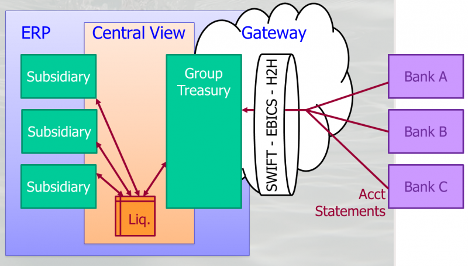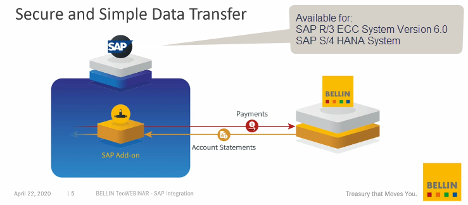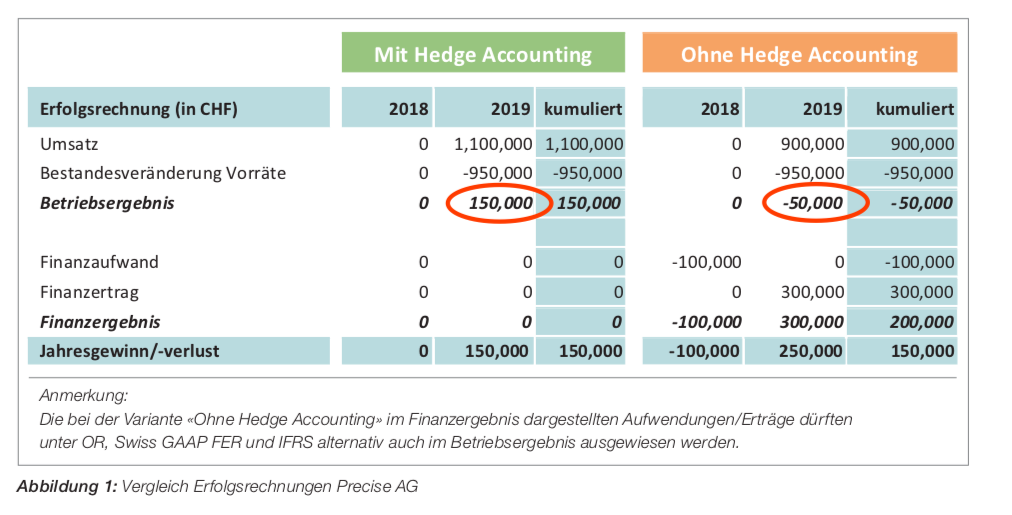Booking a flight online typically requires online credit card payment, which involves risk and is something we accountants and treasurers want to avoid.
There’s another option that I used last weekend. I booked my first flight under PSD2 regulation in effect since September 2019. The reason was that the third party provider company ‘Bravofly’ had a credit card surcharge of CHF 36. Klarna, the company I used, had no charge. It worked. The process works like this:
After booking the flight in Swiss Francs, the Third-Party Provider (TPP) will redirect you to a special internet channel to confirm the payment process. There you will be asked to complete the transaction with MFA (Multi-Factor-Authentication) with IBAN, then logon at the bank with password, account number and finally with Smartphone Foto-TAN. If you want an additional email confirmation, a FotoTAN is required again.
During the payment process, the purchase amount of CHF 465 was converted into EUR/CHF at 1.0600 exchange rate. This process according PSD2 requires a bank account in the euro zone for the debit. PSD2 does not work within Switzerland.
The transaction was successfully debited to the euro zone bank account on the Monday.
See how Klarna explains the process
Also check the September 2019 newsletter, where we reported on PSD2 and how third party providers charge directly to the bank account without using the credit card.
In Deutsch
Wir sind Buchhalter, Treasurers und vermeiden Risiken wo immer möglich. Viele von uns vermeiden Online Buchungen und Zahlungen. Internationale Bezahlvorgänge sind meist mit Kreditkarten durchzuführen.
Mit PSD2 (siehe Tomato Catch-Up September 2019) zeigten wir auf, wie TPP (Third Party Provider) direkt das Bankkonto belastet ohne Kreditkarten.
Letztes Wochenende buchte ich zum ersten Mal einen Flug mit PSD2. Der TPP „Bravofly“ verlangte einen Kreditkartenzuschlag von CHF 36. Mit Sofort-Pay Klarna wurden keine Gebühren verlangt. Ich führte den Zahlvorgang mit Erfolg zum Ziel.
Beim Zahlvorgang wurde der Kaufbetrag von CHF 465 mit Devisenmittelkurs in EUR/CHF 1.0600 umgerechnet. Für die Belastung wird ein Bankkonto im Euroraum verlangt.
Für die Bestätigung des Zahlvorgangs wird man auf einen gesonderten Internetkanal geleitet wo man (wie bei Kreditkarten) mit MFA (Multi-Faktor-Authentifizierung), mit IBAN, dann Logon bei der Bank mit Passwort, Kontonummer und schliesslich mit Smartphone-Foto-TAN die Transaktion abschliesst. Will man zusätzlich noch eine Emailbestätigung wird nochmals ein FotoTAN verlangt.
Die Transaktion wurde am Montag danach erfolgreich auf dem Euro-Raum-Bankkonto belastet. Für Schweizer Tomato Catch Up Leser: Die Schweiz ist nicht Mitglied von PSD2.
Verhaltensregeln bei Untersuchungen
Jedes Jahr verlieren Unternehmen auf der ganzen Welt Milliarden von Dollar wegen Wirtschaftsverbrechen. Betrug, Fehlverhalten, Korruption und ähnliche Verstöße gegen Gesetze und Vorschriften sind die häufigsten Ursachen. Sie können den Ruf des Unternehmens beschädigen und das Vertrauen der Öffentlichkeit in den Markt untergraben.
Erhärtet sich bei der Untersuchung eines Sachverhalts der Verdacht von Betrug oder Fehlverhalten, ist eine sorgfältige Vorabklärung unerlässlich. KPMG Cindy Hofmann erläutert die wichtigsten Verhaltensregeln im Hinblick auf alle vorläufigen Aspekte und stellt einige hilfreiche Instrumente vor (Artikel auf Englisch).
In the article «Investigation Dos and Don’ts», Cindy Hofmann of KPMG suggests that after receiving an allegation, the initial assessment of potential fraud or misconduct is crucial.
She discusses how to deal with preliminary through to business continuity aspects, along with some useful tools. The five preliminary questions to consider as part of the initial assessment are:
- What are the suspicions based on?
- Who are the people or companies involved?
- What is the potential damage?
- Has there been an infringement of the law?
- What immediate actions should I take?



